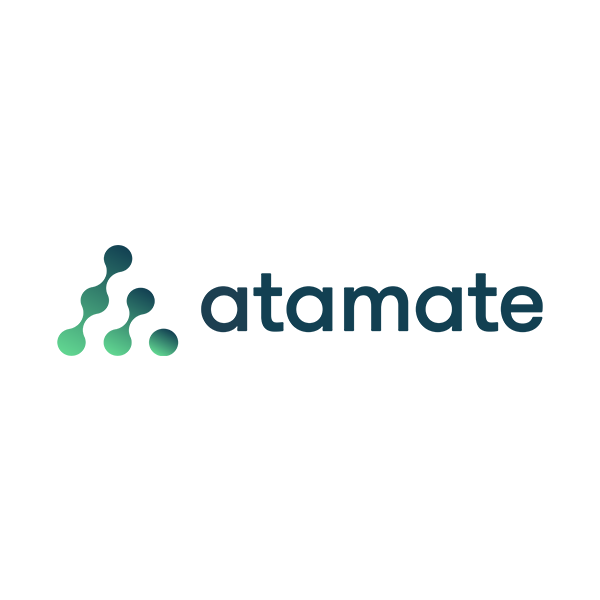Atamate: Demand reduction feasibility study
Utilising in-use data to reduce costs, decarbonise, verify build quality and ensure healthy buildings.

Lead Organisation
Atamate Ltd
URL
Status
Project completed March - June 2023
Location
Oxford
Funding
£21,576
About the project
We have developed a technological solution to a knowledge gap that is hindering progress toward the net-zero economy.
The British building stock is ageing, diverse and in many cases, energy inefficient. Until recent decades, energy efficiency was not a design priority but now, due to unstable energy prices and the need to decarbonise the economy, inefficient fossil fuel heated buildings are no longer sustainable. Large numbers of buildings need to be retrofitted, which is a significant opportunity for the construction industry. However, the sheer diversity of buildings in Britain has proved to be a barrier to seizing the opportunity.
Our solution is to replace the role of generic modelling with a data-driven understanding of individual buildings. A network of sensors and meters gives a detailed understanding of each building in a portfolio. Comparison with similar buildings and national benchmarks will help an owner decide whether the potential benefits of a retrofit project warrant the cost.
Once a retrofit project is initiated, the same data comparisons will be used to make the best choice of interventions for each building type. Detailed data further contributes to the retrofit project by enabling confirmation that the work has been correctly carried out. The sensors and meters remain in place when the occupants return to the building when they can be used to automate services like heating and ventilation, to quickly identify maintenance problems and to identify improvements that do not require retrofit.
Enabling more accurate predictions of a retrofit project’s outcomes makes an owner more likely to invest in the project in the first place, so we anticipate that our solution will stimulate the retrofits needed to improve British building efficiency.
What has been delivered? What has been successful?
A Feasibility Study has been delivered during this project period to demonstrate what can be achieved and develop the methodology to get there.
What did the project achieve?
- Built relationships and gained commitment from Industry Partners
- Built relationships and gained commitment from Building Portfolio Partners
- Developed brief for required Atamate system developments
- Designed trials to achieve a proof of concept
- Costed and timelined proposals
- Produced feasibility report.
Key lessons learnt
The objectives of the project have required us to partner with a number of industry organisations and building portfolio owners. This demonstrated the knowledge and skills already available in the industry, and the desire of building owners to improve their stock.
Next steps
If we are awarded Phase 2 funding then the real work starts. We have mapped out an 18 month plan, working with our project and building partners to demonstrate a proof of concept in a range of building portfolios. Looking further into the future, we look to commercialise the solution and make it available to partners across the UK.

